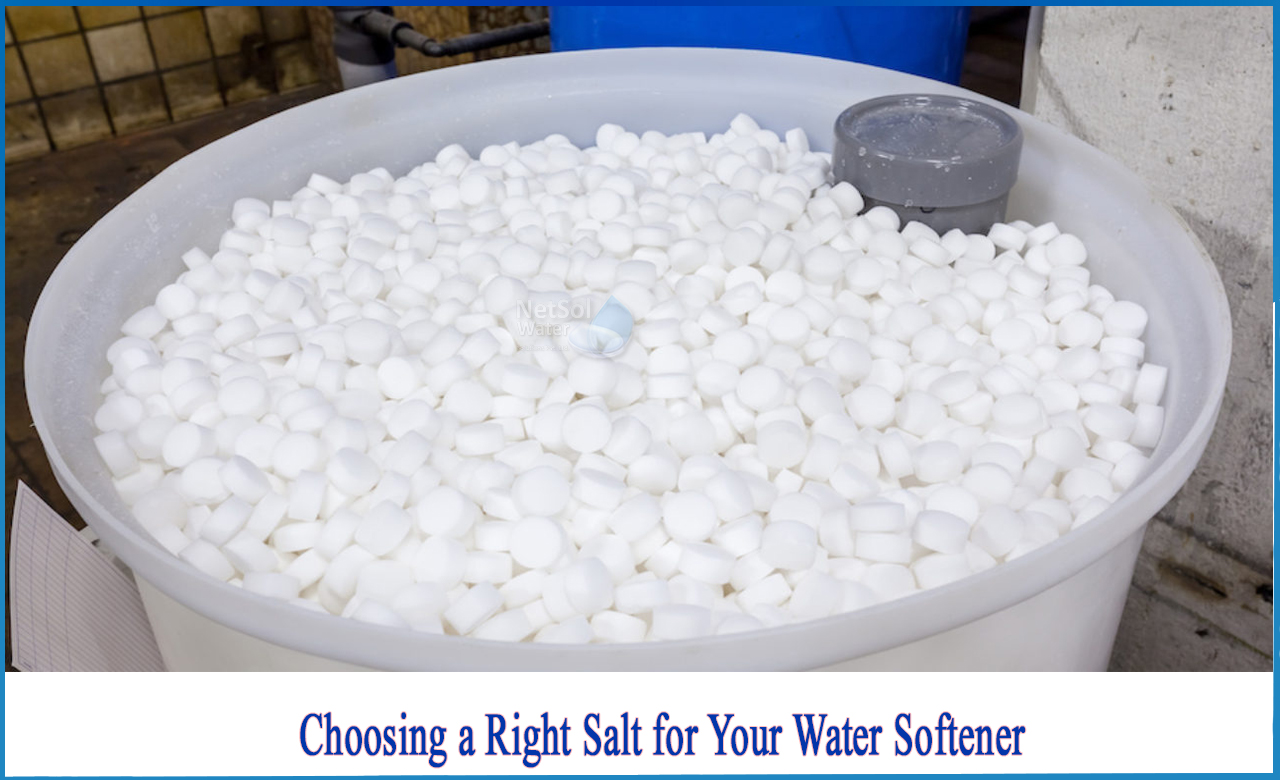Replacing the salt in your salt-based water softener is an important aspect of its upkeep. These systems use a brine solution to remove hardness minerals and regenerate sodium-charged resin beads, which are necessary for the water softening process.If you find your brine tank's salt level is low, you'll need to replenish it as soon as possible.
Crystals, salt pellets, and potassium chloride are some of the most common types of water softener salts. But which one will you pick?
Potassium chloride pellets or salt pellets? Is it better to use solar energy or salt pellets that have been evaporated?
What are the rules to choose perfect salt for your water softener?
With so many choices, one is confused when it comes to choose a perfect salt for your water softener. Some of the rules to be kept in mind while getting a perfect salt for your water softeners are presented here:
Rule #1:First and foremost, do not use "Rock Salt."
Rock salt, commonly referred to as "halite" or "ice melt," is a mineral form of table salt. This salt is ok to use on ice sidewalks, but it should not be used in your water softener. Rock salt is far less refined and clean than other softener salt solutions, and the extra impurities will cause problems.
Rule #2: Any salt is better than no salt at all, whether it's in a blue bag, yellow bag, or green bag.
If you're out of salt and aren't sure which bag to choose (blue bag, yellow bag, or green bag), either one will suffice. Each type has its own set of benefits. For now, simply know that either of these options will suffice to fill an empty brine tank.
Rule #3: Once you've decided on a bag, stick with it.
Stick to your decision, whether it was based on pricing, brand, or a snappy product marketing message. This is especially true if your tank still has a significant amount of salt in it. The uniformity of how the salt dissolves is the reason for sticking with it. When you mix different types of salt (crystals or pellets), you'll get varying dissolve rates. When two different types of salt are mixed, it might result in unpleasant results such as mushed or stiffened salt.
Rule #4: If you need to swap, wait until your salt level is low before doing so.
If you want to move to a different sort of salt, such as pellets or extra coarse, we can tell you that you may. Wait until your brine/salt tank is nearly empty. This will help to minimise the differences in dissolved rates between salt kinds. Brine/salt tanks should be kept 1/4 to 1/2 full of salt. Salt does not need to be put to the top of brine tanks. Although it is completely OK to fill a softener to the top, if your salt becomes hardened, it can be difficult to break up a "salt bridge" with a full tank.
Netsol Water is Greater Noida-based leading water & wastewater treatment plant manufacturer. We are industry's most demanding company based on client review and work quality. We are known as best commercial RO plant manufacturers, industrial RO plant manufacturer, sewage treatment plant manufacturer, Water Softener Plant Manufacturers and effluent treatment plant manufacturers. Apart from this 24x7 customer support is our USP. Call on +91-9650608473, or write us at enquiry@netsolwater.com for any support, inquiry or product-purchase related query.



